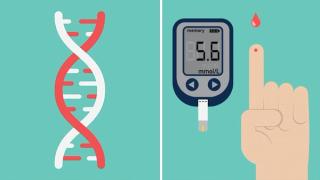
Diabetes
Latest News

Latest Videos

CME Content
More News
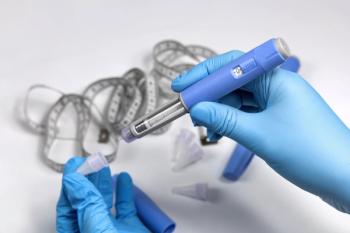
When used correctly, weight-loss medications, such as glucagon-like peptide-1 (GLP-1) medications, can be a tool to help reduce costs and provide clinical results.

Pharmacists can play a crucial role in diabetes management by implementing standing order protocols for medication titration and serving as a bridge between patients and other health care providers.
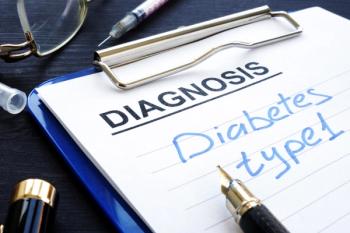
Many patients who took technosphere insulin saw improvements in hemoglobin A1c, but other patients saw worsening with the drug.

The CATALYST trial has identified hypercortisolism as a significant factor in approximately 1.2 to 1.3 million poorly controlled diabetes patients in the United States.

Additionally, birth weight was higher in babies born to mothers who were prescribed glucagon-like peptide-1 (GLP-1) medications either 90 days prior to pregnancy or during the first trimester.
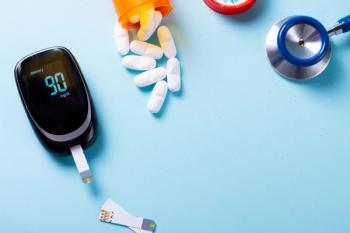
Approximately 81% of individual said Tandem Mobi reduced the burden of managing diabetes and 87% said it helped manage diabetes effectively.

This marks the first launch of a generic glucagon-like peptide 1 receptor agonist.

American Diabetes Association Scientific Sessions speaker Ivan de Araujo discusses how regulation of blood glucose levels and the influence of food preferences can be significant for diabetes care.

Benefits of semaglutide on cardiovascular outcomes, such as death, non-fatal myocardial infarction, and non-fatal stoke, were also presented at the session at American Diabetes Association 84th Scientific Sessions.
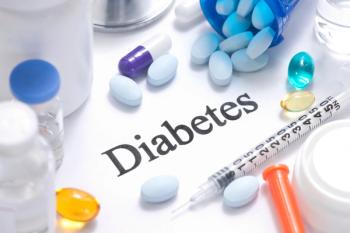
Teplizumab (Tzield; Sanofi) has the potential to delay type 1 diabetes and the onset of stage 3 diabetes, but must be started in stage 1 of the disease.

Food is medicine is a framework of policy and behavioral interventions, improving population health through access to healthy foods to increase food and nutrition security.

W. Timothy Garvey expressed concern over limited access to effective obesity medications like Ozempic due to shortages and high costs, urging stakeholders to work together on developing solutions.
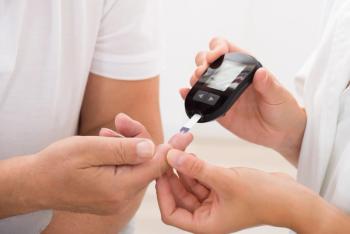
Potential concerns surrounding GLP-include pancreatitis, pancreatic cancer, colorectal cancer, suicide and other phycological effects, and thyroid cancer.

Jennifer Goldman discusses the importance of collaborative care between providers like endocrinologists, cardiologists, primary care physicians, and pharmacists to manage diabetes and prevent cardiovascular events.
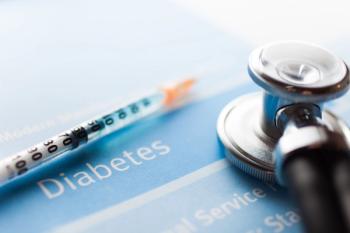
There are approximately 98 million individuals have prediabetes, but approximately only 15 million actually know they have prediabetes.

Managing these treatments involves many considerations, including glycemic control and nutrition, among others.

Presenters at the American Diabetes Association 84th Scientific Sessions analyzed potential developments in treatment for patients with diabetes and diabetic kidney disease.

With improved technology and innovations for diabetes, it is essential for health care providers and health agencies to collaborate to combat rising rates of diabetes.
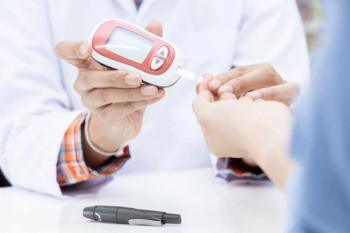
American Diabetes Association Scientific Sessions speaker Ivan de Araujo emphasizes the importance of the pharmacist’s role in diabetes care and his hopes for the future of care.

Pharmacy Times will be at the American Diabetes Association (ADA) 84th Scientific Sessions in Orlando, Florida from June 21 to June 24, 2024.

Impaired glucose tolerance is a significant risk factor for developing diabetes.
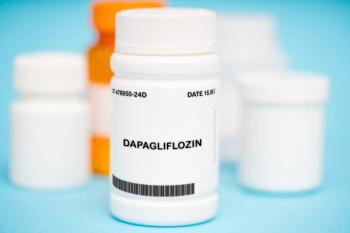
The indication is for the improvement of glycemic control in pediatric patients aged 10 and older with type 2 diabetes and comes after positive results from the phase 3 T2NOW clinical trial.

Continuous glucose monitoring systems offer timely biofeedback for patients with type 2 diabetes.

To qualify for therapy, patients must be screened for type 1 diabetes islet autoantibodies when they are asymptomatic, which requires better education on screening opportunities.

Body mass index is the main driver of type 2 diabetes globally, accounting for 52.2% of disability-adjusted life years.







